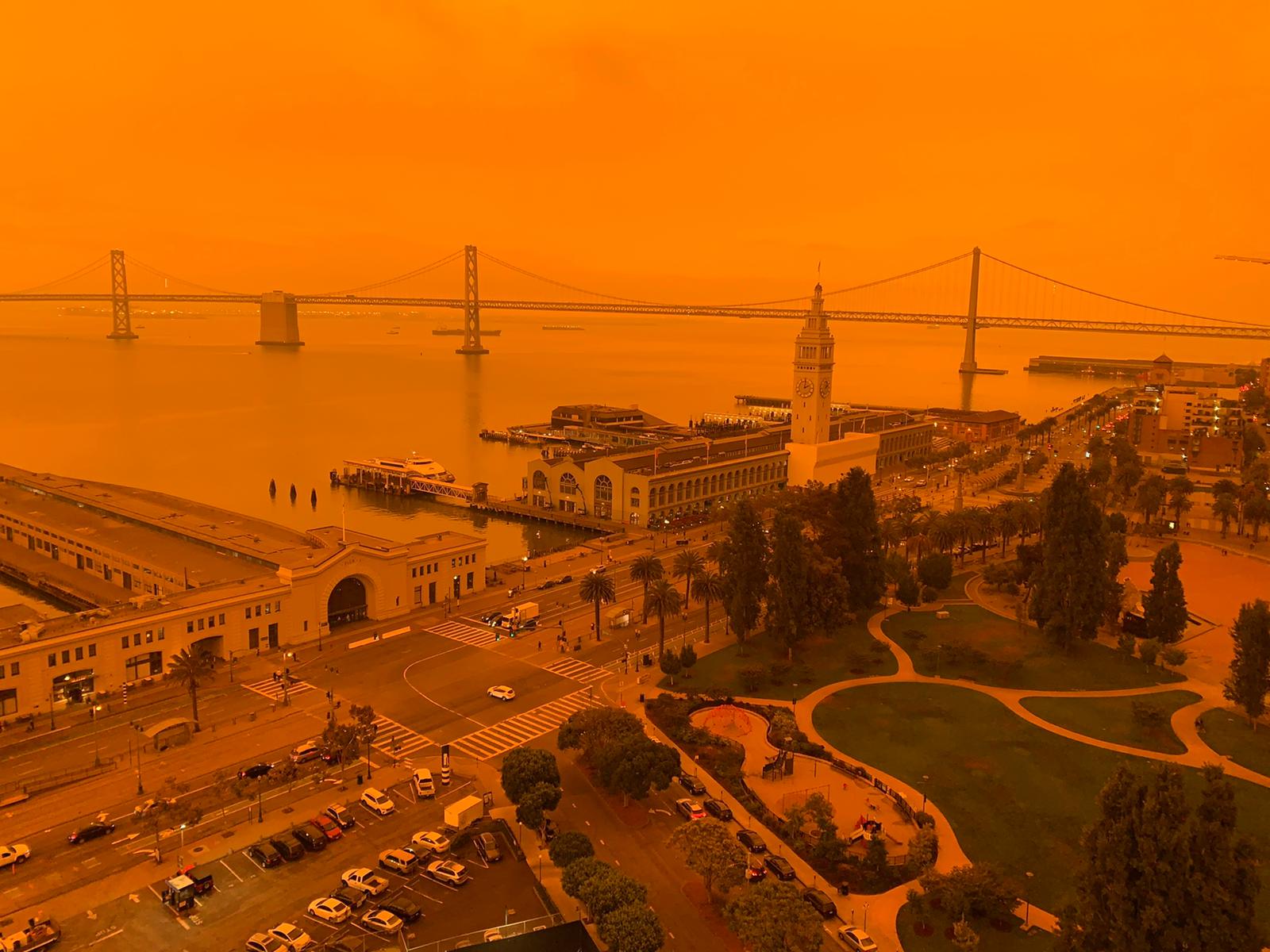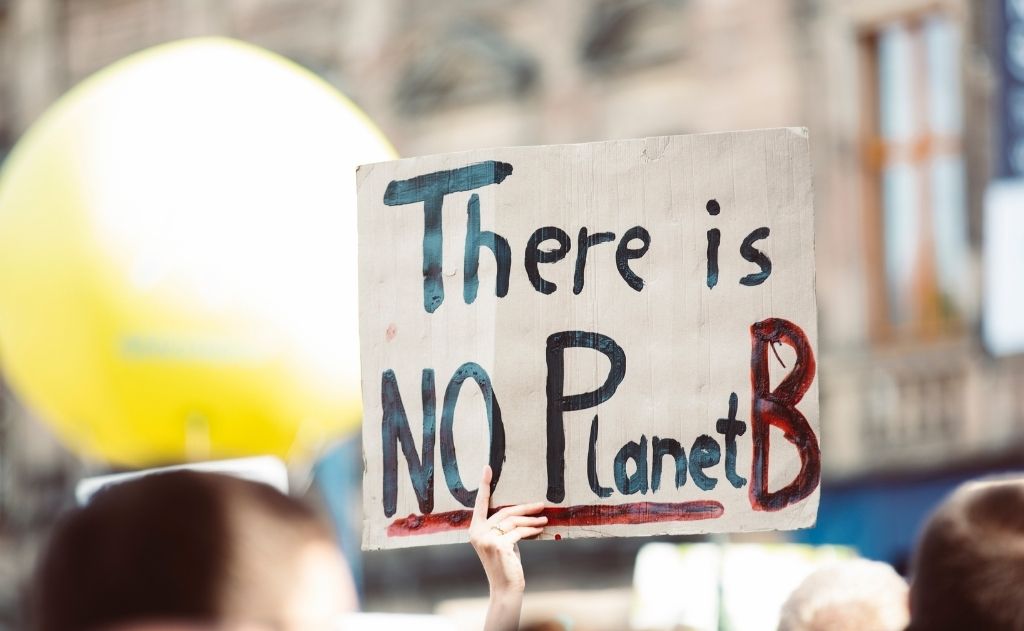

Emergency Lies in the Eye of the Bystander
Have you heard of the Boiling Frog Effect? It is the notion that a frog immersed in gradually heating water will fail to notice a creeping change in its circumstances, even as it is being boiled alive much like humans with climate emergency.


It couldn’t be a better opener for a post talking about how we may be destroying our planet. “Destroying the Planet” – quite an audacious phrase isn’t it to assume that we as humanity hold that kind of power. The truth of the matter is that the planet will survive perhaps even thrive if humanity is long gone – the only ones we are endangering are ourselves and the present life on earth.
As young kids we would talk, debate, and even put in the effort to make fancy projects all in the name of climate emergency and the environment. There were entire competitions devoted to the matter, not to mention the dreaded “Environmental Social Studies” class – A subject with the sole intent of educating us about the Environment and Sustainability Practices. From then to now where did we go wrong? A theoretical understanding and practical application are quite different I’m afraid.
I write this mid-September sore as my city turned Armageddon.


Believe me when I say I’m neither a saint nor an activist to think about how one can live more consciously or tackle climate emergency on a random afternoon – But I think you would agree that the sky turning sepia is as good a reason as any.
The term “Climate change” has become overly politicized to the point of taboo. With arguments going for and against the topic, accompanied by realistic looking data, it is best to choose a different route.
If you define culture to be a set of actions rather than a set of beliefs; taking a look at actions taken by the us towards the environment and climate emergency opens up a new way of looking at things. We can do this by observing actions taken by the people – (1) In the Government (2) As consumers and suppliers of goods and services (The Free Market).
It’s ironic how I have to mention the government separately. After all, in a democracy one would expect the views of the government to align with that of the people. The reasons for treating it as such is that the actions taken by the government come with a lot of restrictions and in several cases are directly targeted to harm or uplift a specific stratum of society.
In my view, the polarization of the political sphere as we have seen in a few countries over the latter half of the decade cause government actions to be highly correlated rather than free.
The government stance on climate emergency and sustainability can be loosely inferred from the laws and sanctions that are put in place to protect the environment. This is, admittedly a rather simplistic view as we are only looking at laws, policies that affect the environment directly. In reality, there may be several other laws that harm or help the environment indirectly. A quick look up on the timeline of major environmental policy and legislation passed by the governments of India and the USA show where they stand.
LIST OF LEGISLATION
The timeline of environmental policy in In India shows much of the foundational work being done between the 1970s to 1990s. The 1990s saw for the first time a drop in major pollutant concentrations. India also saw a drop in Sulphur dioxide levels during this period due to a shift from biomass-based fuels to LPG. The dawn of the 21st centuries carried the momentum forward but would eventually die by the middle of the first decade. Towards the end of the 2nd decade, the largest number of people killed by air pollution was credited to India. By 2018 India would be listed in the Bottom 5 countries in the Environmental performance index and by 2019, 22 of the top 30 most polluted cities in the world would be in India. So much for EVSS. A look at the timeline of major environmental policies in the US evoked a familiar sight.
Although in the US, state governments would pass individual policies on climate emergency specific to their conditions, it is interesting to see the federal policy timeline looks very similar to the timeline of India – Increased activity between 1970 and 1999 and a sudden drop after 2000. Ironically, 2000 was the year Al gore led his presidential campaign (he lost to Bush by a hair). It is almost as if we stopped caring by the turn of the 21st century.
For the longest of times, I pondered upon whether the destructive actions of humans were a result of callous ignorance or a more sinister deliberate act. Now I realize that the question is moot. Whatever the reason may be, the fact that some damage is being done warrants our attention.
The government can only pass policies and laws that set the general guidelines on how we should treat the environment. The laws do this by restricting our actions to some degree. Ultimately though it is the people in free markets – the consumers and producers of goods and services who interact with the environment and affect it directly – either positively or negatively. I’m not sure how subscribed I am to the idea of Capitalism, but one of the great advantages of a purely capitalist economy like the US is that it is easier to see the what side of the line people are on by taking a look at where they put their money.
One of best parts of living in a city like San Francisco is that it is to the truest of the term a playground – a playground to test out new ideas and innovations that is.
The general rule of thumb is, if your idea gets funded well and you actually have a user base, that is proof enough that people care about the said idea. Over the past 5 years and specifically the three years I have lived here, I’ve noticed a lot of companies, startups and businesses taking actions to address sustainability and environmental protection. As far as culture is concerned, this trend shows a shift in mindset to a point where we are conscious of ourselves and our actions and the effect they have on others and the environment.
The big guns in the valley like Apple and Microsoft actively try to offset their carbon footprint using sustainable packaging, recycling metal and other materials for their devices, packaging and responsible electronic waste management. Tesla is moving the needle on the ambitious goal of clean energy and clean transportation (The electric car is only one piece of the puzzle. Tesla’s ultimate goal would be to cut Fossil Fuel dependence on Electricity right at the source.) Not to mention a myriad of startups and businesses whose USP is simply sustainability that have come up. From Carbon footprint reduction /offsetting programs to the impossible burger to the All birds shoe that is completely biodegradable (except the aglets), what we can infer is that actions are generally taken in directions where people are willing to put their money. And where their money is, is usually where their mouth really is.
This is just one way of looking at things. Just one lens in an ocean of glass. We really do not know if climate emergency and the current state of environmental degradation and forest depletion will be a threat to humanity in the next 10 years, 20 years or 100 years. But as the rest of nature acts in balance, we do know that the issue of climate change and sustainability starts with us and if we play our cards right, it can end with us. Whether you look at governments or markets, it is us, the people, who are the fundamental building blocks of any social construct. When we were kids, we were educated about the environment, about the effects of environmental destruction and about sustainability.
Now, it is time to internalize that knowledge. No longer can we be bystanders watching on imagining that the problem will fix itself. Inaction is also an action – By choosing to do nothing and ignore the problem is choosing against the environment. The idea here is not to drop everything and go out on environment protests. The idea is simply that if we have our basic needs -food, water, shelter, family and finances accounted for, putting in the effort to live life more consciously; we can start acknowledging how our actions affect the environment and wherever possible put in the effort to do better. This could be as simple as:
– Walking/cycling short distances instead of using your car.
– Being aware of materials used in the products you buy and try to switch to alternatives which are safer [The All birds shoe is a good example]
– Asking your butcher about their sustainability practices and in general switching to free-range/cage-free/sustainable practice meat and dairy instead of mass-produced factory meat. (Going vegetarian/vegan is an extreme care of the above. So please don’t hate me for not doing this :P)And probably the simplest tenet of all – keep your surroundings clean.
Change is the only constant. The world has changed in the past two decades and no doubt it will change in the two to come. Humanity sits at a pivotal point where our actions will directly affect the direction of this change. Will it improve or decline? Will we do right by the earth? and ultimately ourselves? Only time will tell. Just as drops of water, form the mighty oceans, simple and seemingly negligible actions taken by us every day will compound into something much larger over time. Remember – change begins with you. Scratch that. We’re all in this together. What I mean to say is –
Change begins with US.







